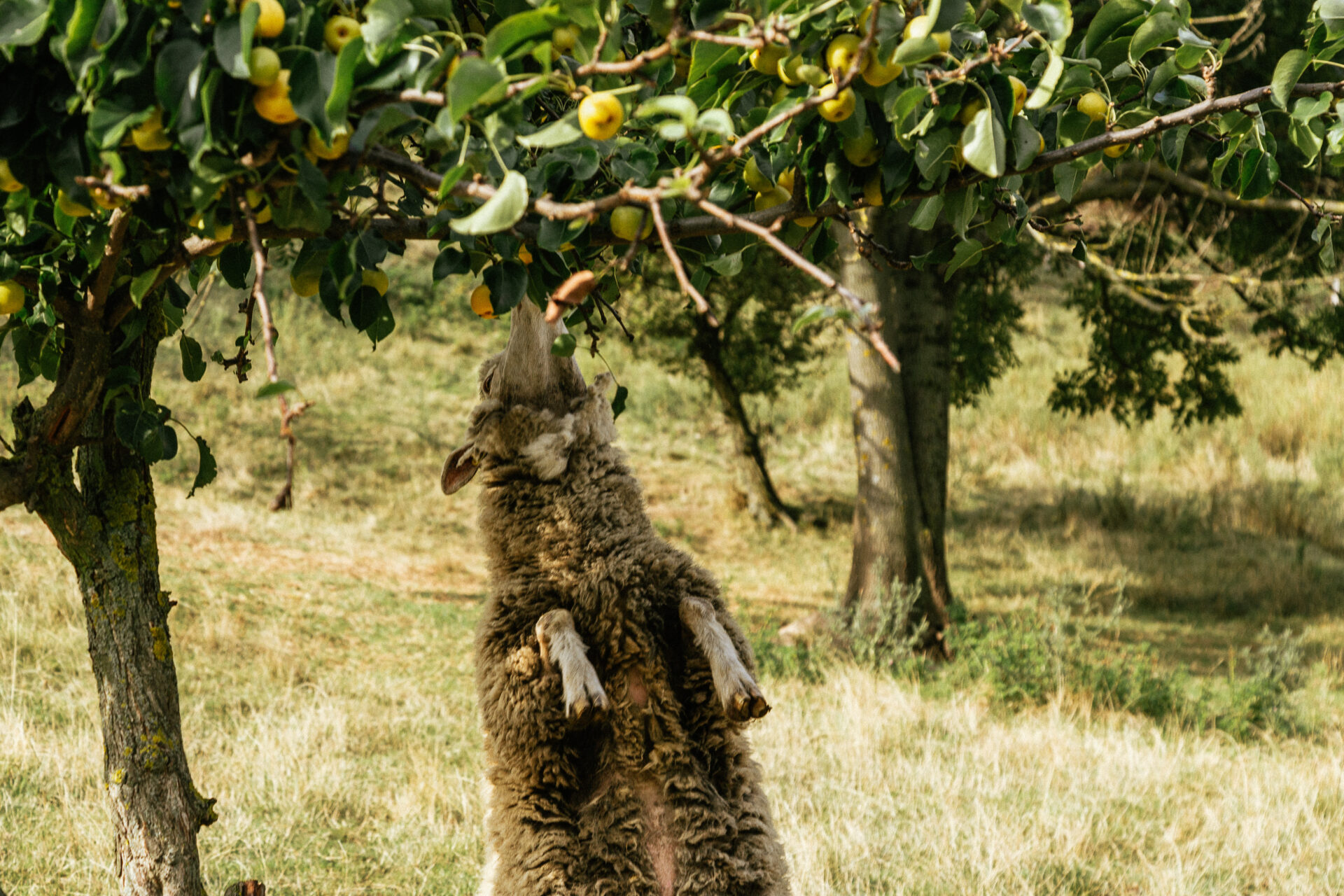Animals distinguish between particular kinds and species of plants both visually and upon their taste and they can distinguish whether a plant is young – juicy, full of required nutrients, and easily digestible – or it is old, with lower content of nutrients, and less digestible. They like to choose places with younger and juicier vegetation. They prefer grazing such places and keep thus grass low with short vegetation. They avoid grazing taller and older grass.
Small areas with taller vegetation thus appear on pasturelands based on the “taste”. They do not provide as energetically saturated food for sheep and goats, indeed, but they are of a key importance for biodiversity of pastures – both insects and ground-nesting birds are hiding there. We can find nests of larks, chats, buntings, and other songbirds here.
In such places, plants can reach their mature age – they blossom into flowers which are a source of nectar for insects and to develop seeds for reproduction. This is the only way how to preserve variety of species on a pastureland also for the coming years.
Extensive pasturelands look like this – except for intensively grazed grass, we can find places there with taller vegetation and occassionaly even bushes.
Bushes and solitary trees are important as stands for birds – they are preferred by shrikes or warblers or chats. An important function of bushes is to provide the lee for butterflies. Many curative herbs are growing on extensive pasturelands too. If the pasturelands are grazed intensively, perhaps more animals could live there but the number of fauna and flora species including, for example, curative herbs would be continuously reduced.
Blanket mulching of the so-called ungrazed swards is not appropriate either. It has very negative impacts on insects in particular, but also on a variety of species on the pasturelands.
Text author: Andrej Barát
